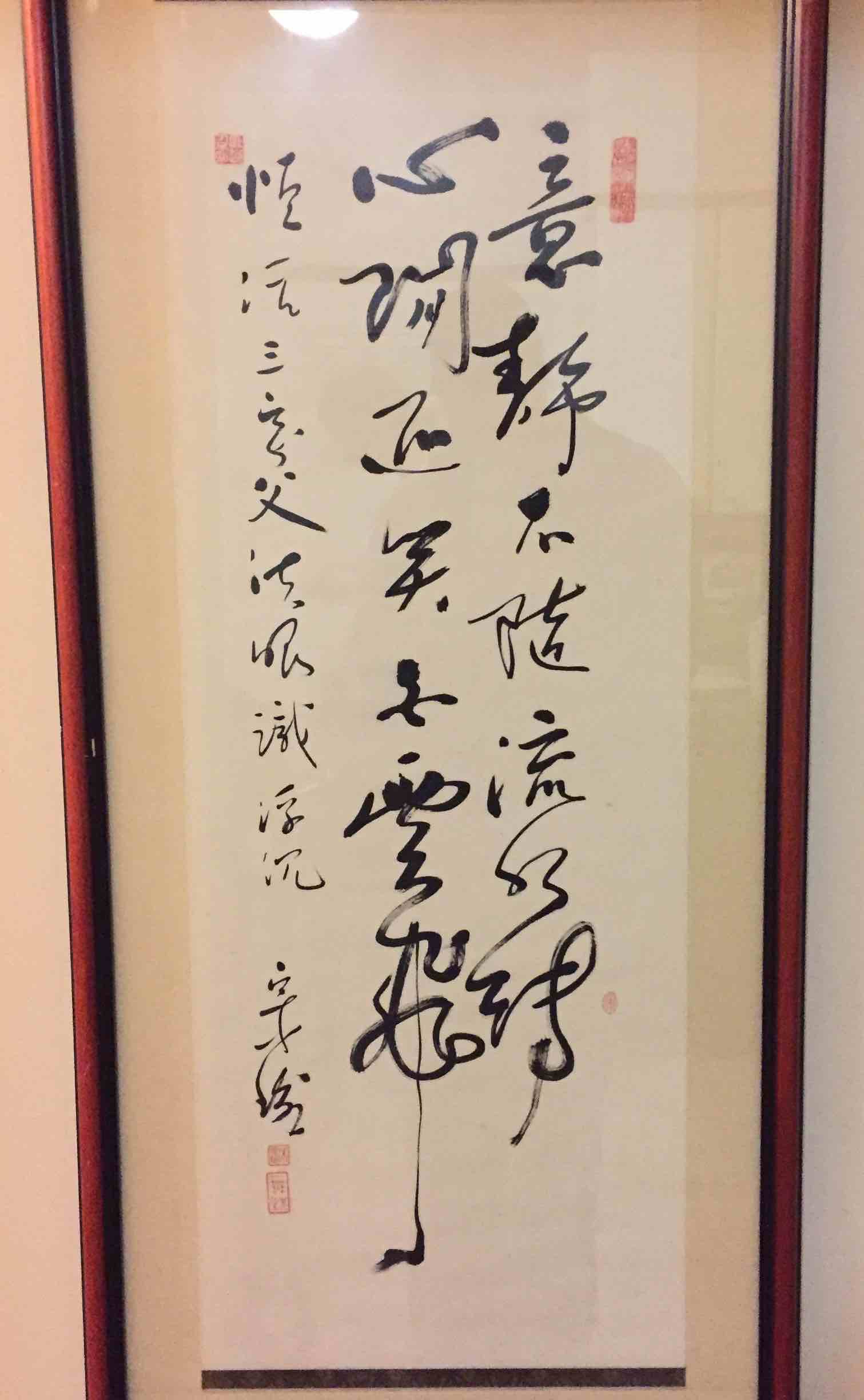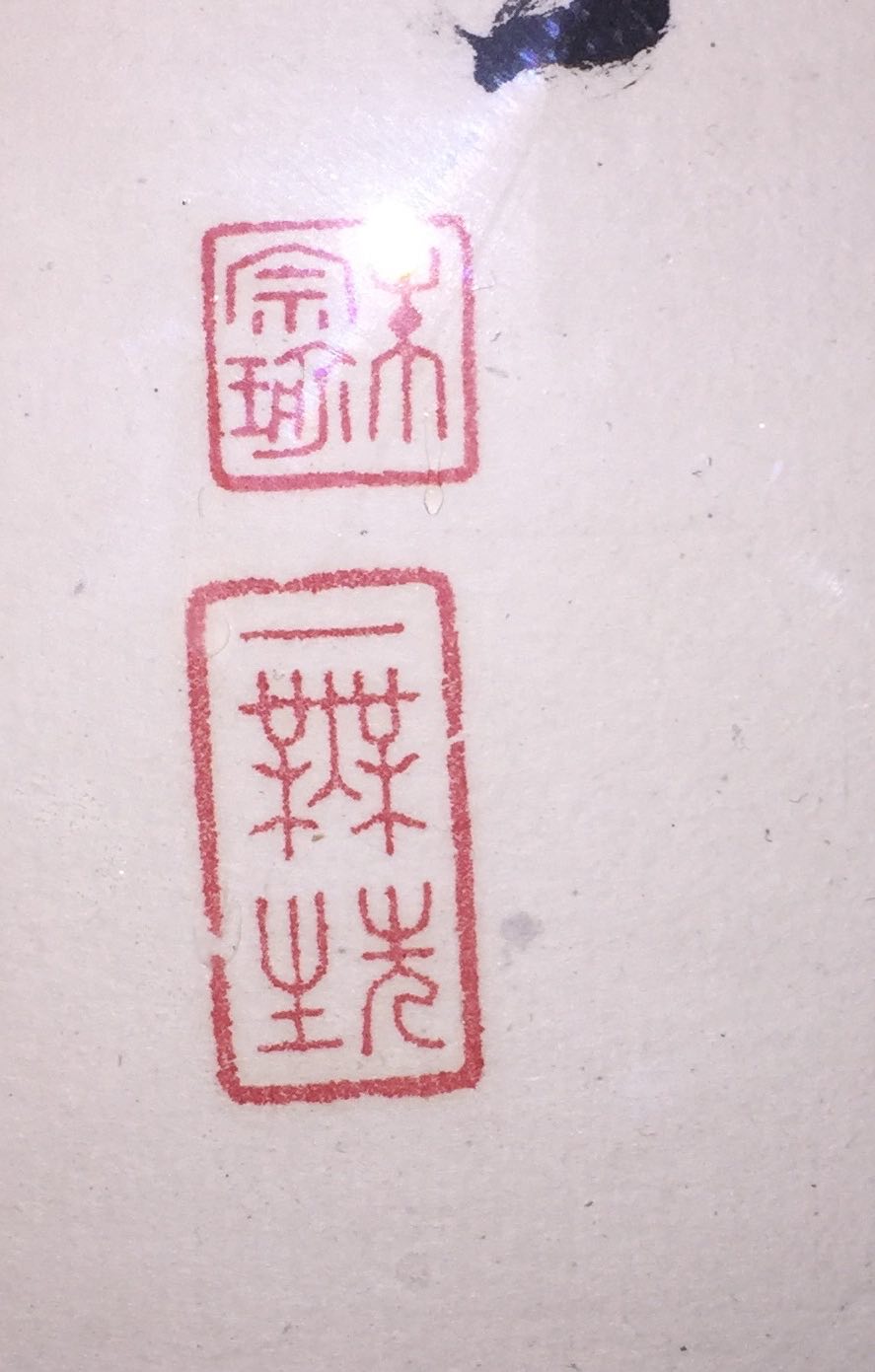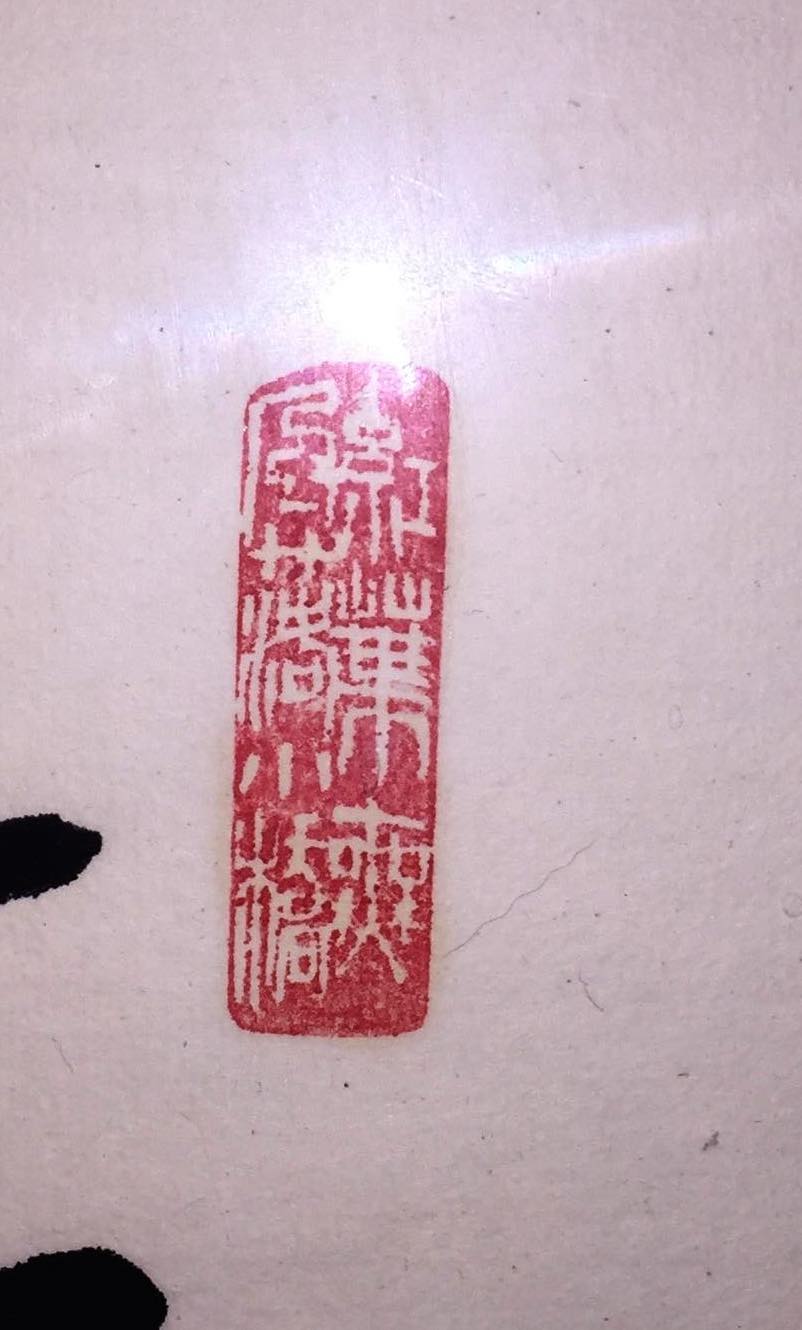
|
Subject:Re: calligraphy scroll
Posted By: Super Wed, Apr 20, 2016
While I can surely understand your frustration. But you need to understand that there were many posts being posted here almost daily which requested for translation in this forum, some posters even posted several requests in one post, treating this forum as a free translation service. Some posters really want to learn what they have but some were simply re-sellers or people who bought something from yard sales/estate sales and want to find out what they had.
Unfortunately, translators (from Chinese to English) are quite limited and some only pick and choose what interested them. In your case, there are one couplet of two sentences and then one sentence written by the calligrapher addressed to his third maternal uncle probably because this art work was being presented to him as a gift.
Make it worse, all three sentences were written in cao shu 草書 (cursive Chinese), just like English cursive hand writing, some time it was very difficult to tell what they were (like reading the handwriting of a doctor on a prescription). I once wrote diary in cao shu when I was a teenager and when I tried to read it now, I could not even read some of my own hand writing. Sad but true. That shows you some time how hard it was to really translate cao shu.
After one can decipher every single character in your art work, now you really have to translate the couplet (first two sentences to the right) and the last sentence, plus 3 chop marks. Do you realize how much time it would take to do a proper translation? Mike oz would be the great person whom you should ask to translate the chop marks for you. He is the expert.
Once a poster in this forum inherited a pair of jade seals with a Chinese poem carved on them, from his deceased mother I believe. He could not get them translated in this forum. He then asked me to translate for him and he actually paid me $100 to do it. At first I thought I could do it in about 5 hours. I ended up spending about two weeks, went back and forth in discussing the best translation for that poem with him. The funny thing was he actually paid an expert in New York with superb credential a lot more money in translating it. But this expert failed miserably and was totally inaccurate in her deciphering of the cao shu and her translation of the poem was a total disaster. If I did the translation just for the money, I would make less than minimum wage (about $7.30 per hour) but I truly enjoyed the experience and we became friends.
These days, my time has become very precious to me because instead of spending 2-3 hours in doing a proper translation, I would rather spend the time with my grandson or trading stocks. I believe other translators may feel the same way.
Most of them will translate stuff that would not take them a lot of time but would hesitate in spending too much time on any work.
I saw a post the other day and this guy wanted several persons to translate an ancient prose (North Sung dynasty)for him. He failed to understand that even many Chinese cannot translate ancient Chinese prose/poem these days.
By the way, your couplet對聯
is
意靜不隨流水轉,心閑還笑白雲飛
if I have more time later, I may try to translate it and other sentence for you. Cheer.
Super


|
 calligraphy scroll ( China & Japan ) - Marc M - Apr 07, 2016 (12:16 AM)
calligraphy scroll ( China & Japan ) - Marc M - Apr 07, 2016 (12:16 AM)  Re: calligraphy scroll
Re: calligraphy scroll  - marc M - Apr 07, 2016 (06:49 AM)
- marc M - Apr 07, 2016 (06:49 AM)  Re: calligraphy scroll - marc - Apr 19, 2016 (11:01 PM)
Re: calligraphy scroll - marc - Apr 19, 2016 (11:01 PM)  Re: calligraphy scroll - Super - Apr 20, 2016 (07:59 PM)
Re: calligraphy scroll - Super - Apr 20, 2016 (07:59 PM)  意靜不隨流水轉,心閑還笑白雲飛 - Super - Apr 21, 2016 (10:40 PM)
意靜不隨流水轉,心閑還笑白雲飛 - Super - Apr 21, 2016 (10:40 PM) 

